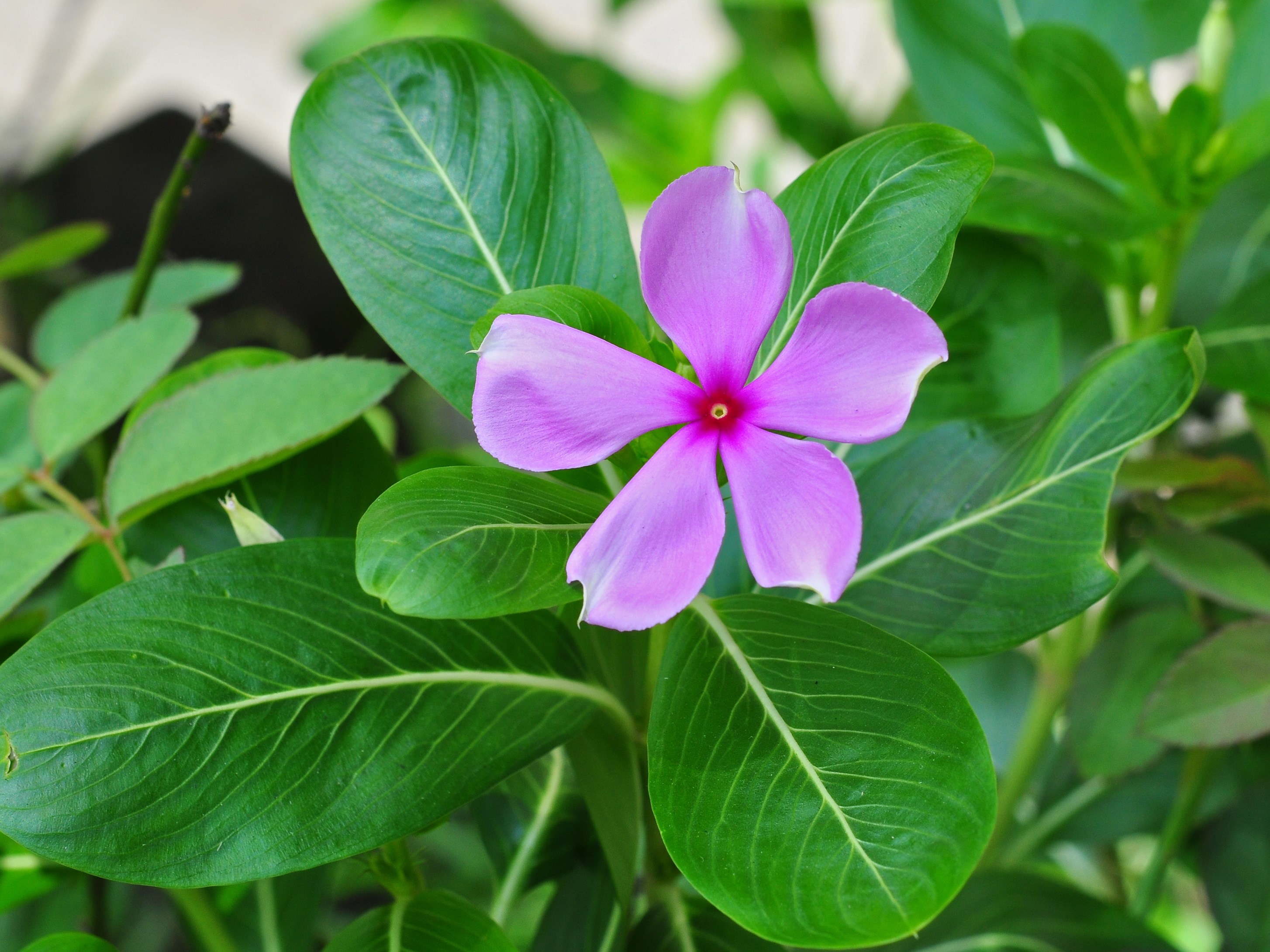Created on: Wednesday, May 18th, 2016
The following webpages were consulted for this screen: Tropicos: http://www.tropicos.org/Name/1800007; GBIF: http://www.gbif.org/species/search?q=Catharanthus+roseus&dataset_key=d7d... ARS GRIN: https://npgsweb.ars-grin.gov/gringlobal/taxonomydetail.aspx?id=70159; The Plant List: http://www.theplantlist.org/tpl/record/kew-35719; EOL: http://www.eol.org/pages/581125/overview; USDA PLANTS: http://plants.usda.gov/core/profile?symbol=CARO14; Cal-IPC (congener): http://www.cal-ipc.org/ip/management/ipcw/pages/detailreport.cfm@usernum... Wikipedia: https://en.wikipedia.org/wiki/Catharanthus_roseus; KEW: http://www.kew.org/science-conservation/plants-fungi/catharanthus-roseus... Brisbane weeds: http://weeds.brisbane.qld.gov.au/weeds/pink-periwinkle; Floridata: http://floridata.com/Plants/Apocynaceae/Catharanthus%20roseus/884; Weeds of Australia: http://keyserver.lucidcentral.org/weeds/data/media/Html/catharanthus_ros... BioNet: http://keys.lucidcentral.org/keys/v3/eafrinet/weeds/key/weeds/Media/Html...(Madagascar_Periwinkle).htm; James Cook Univ: https://www.jcu.edu.au/orpheus-island-research-station/information-about... UC IPM: http://www.ipm.ucdavis.edu/PMG/GARDEN/FLOWERS/vinca.html; Dave’s Garden: http://davesgarden.com/guides/pf/go/185/#b; CNPLX: http://www.cnplx.info/nplx/species?taxon=Catharanthus+roseus; Jepson: http://ucjeps.berkeley.edu/eflora/eflora_display.php?tid=18352; PIER: http://www.hear.org/pier/wra/pacific/catharanthus_roseus_htmlwra.htm
Reviewed by Irina Irvine and Gina Darin.
- < 13 : accept (low risk of invasiveness)
- 13 - 15 : evaluate further
- > 15 : reject (high risk of invasiveness)

